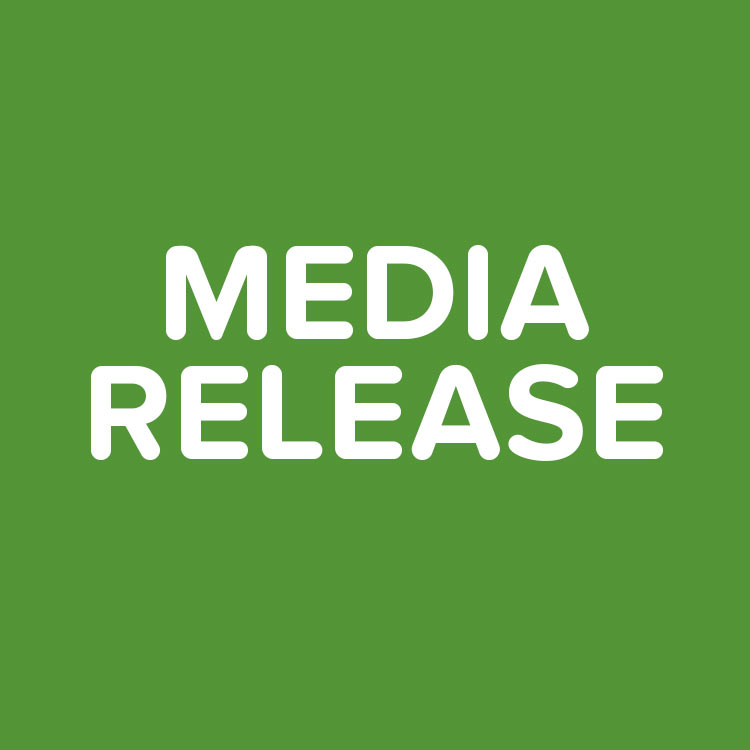Search
Research
Australian guidelines for the management of children with achondroplasiaAchondroplasia is the most common form of skeletal dysplasia. In addition to altered growth, children and young people with achondroplasia may experience medical complications, develop and function differently to others and require psychosocial support. International, European and American consensus guidelines have been developed for the management of achondroplasia. The Australian focused guidelines presented here are designed to complement those existing guidelines.
Research
Efficacy of cannabinoids in neurodevelopmental and neuropsychiatric disorders among children and adolescents: a systematic reviewA better understanding of the endocannabinoid system and a relaxation in regulatory control of cannabis globally has increased interest in the medicinal use of cannabinoid-based products (CBP). We provide a systematic review of the rationale and current clinical trial evidence for CBP in the treatment of neuropsychiatric and neurodevelopmental disorders in children and adolescents.

News & Events
The Kids researchers finalists in Premier’s Science AwardsThree outstanding The Kids Research Institute Australia researchers have been named finalists in the 2016 Premier's Science Awards
Research
Movement difficulties in children with neurodevelopmental disorders: considering a transdiagnostic approach to classificationChildren with neurodevelopmental disorders often experience difficulties in acquiring and executing movement skills. Although the motor profiles of neurodivergent children frequently overlap, rigid conceptual distinctions between diagnostic labels have been imposed by traditional categorical approaches to taxonomy. An alternative transdiagnostic approach is proposed to better represent the similarities between presentations.
Research
The potential of antisense oligonucleotide therapies for inherited childhood lung diseasesAntisense oligonucleotides are an emerging therapeutic option to treat diseases with known genetic origin. In the age of personalised medicines, antisense oligonucleotides can sometimes be designed to target and bypass or overcome a patient's genetic mutation, in particular those lesions that compromise normal pre-mRNA processing. Antisense oligonucleotides can alter gene expression through a variety of mechanisms as determined by the chemistry and antisense oligomer design.
Research
The Development and Feasibility of a Manualised Therapeutic Playgroup for Children with Developmental DelayPlaygroups are widely used throughout the Australian community yet understanding of their efficacy is hindered by inconsistent playgroup definitions and practice principles. This study aimed to develop, implement and evaluate the feasibility of a manualised therapeutic playgroup for children with developmental delay and their families using a three step process.
Research
Negative impact of insomnia and daytime sleepiness on quality of life in individuals with the cyclin-dependent kinase-like 5 deficiency disorderCyclin-dependent kinase-like 5 (CDKL5) gene pathogenic variants result in CDKL5 deficiency disorder (CDD). Early onset intractable epilepsy and severe developmental delays are prominent symptoms of CDD. Comorbid sleep disturbances are a major concerning symptom for families.
Research
Initial Validation and Reliability of the CDKL5 Deficiency Disorder Hand Function Scale (CDD-Hand)Pathogenic variants in the CDKL5 gene result in CDKL5 deficiency disorder (CDD), which is characterized by early-onset epilepsy, severe developmental delay, and often, cortical visual impairment. Validated clinical outcome measures are needed for future clinical trials to be successful. This study aimed to adapt the Rett Syndrome Hand Function Scale for CDKL5 deficiency disorder and evaluate its feasibility, acceptability, content validity, and reliability.
Research
International Consensus Recommendations for the Assessment and Management of Individuals With CDKL5 Deficiency DisorderCDKL5 Deficiency Disorder (CDD) is a rare, X-linked dominant condition that causes a developmental and epileptic encephalopathy (DEE). The incidence is between ~ 1:40,000 and 1:60,000 live births. Pathogenic variants in CDKL5 lead to seizures from infancy and severe neurodevelopmental delay.
Research
Epidemiology of Hospital Admissions for Craniosynostosis in Australia: A Population-Based StudyTo describe trends, age, and sex-specific patterns of population hospital admissions with a diagnosis of craniosynostosis (CS) in Australia. Population data for hospital separations (in-patient) from public and private hospitals (July 1996-June 2018) were obtained from the publicly available Australian Institute of Health and Welfare (AIHW) National Hospital Morbidity Database.
